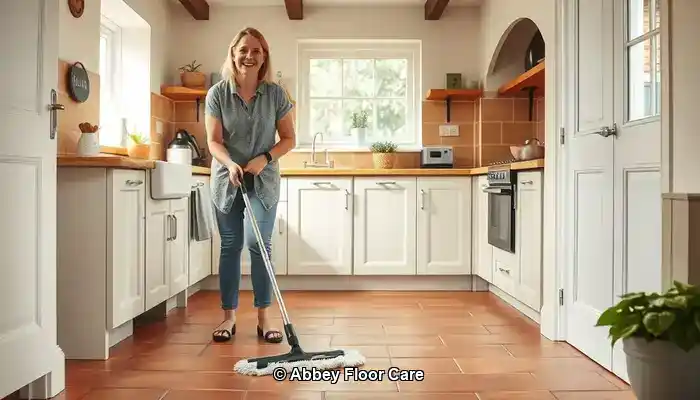
Last Updated on September 29, 2025 by David
Proven Strategies to Maintain Pristine Terracotta Floors
-
- Terracotta is recognized for its high porosity, making it particularly vulnerable to rapid dirt buildup, especially in humid environments such as Surrey.
- Effective sealing is essential to protect the tile’s surface from moisture and dirt infiltration, which can lead to long-term damage.
- Consistent maintenance is critical—daily sweeping and weekly mopping with pH-neutral cleaners are vital for preserving the tile’s aesthetic appeal and charm.
- Avoid harsh chemicals and steam mops, as these can undermine the sealant and potentially damage the fragile tile.
- Opt for eco-friendly cleaning solutions, particularly in households with children or pets to ensure safety.
- <b>Professional restoration services</b> provide comprehensive cleaning and resealing, ensuring long-lasting protection for your floors.
- Utilising rugs and mats strategically in areas with high foot traffic can significantly minimize dirt transfer onto the tiles.
- Effective moisture management is crucial—ensuring proper ventilation and promptly addressing spills can prevent staining and mould growth.
Understanding Why Terracotta Accumulates Dirt Rapidly
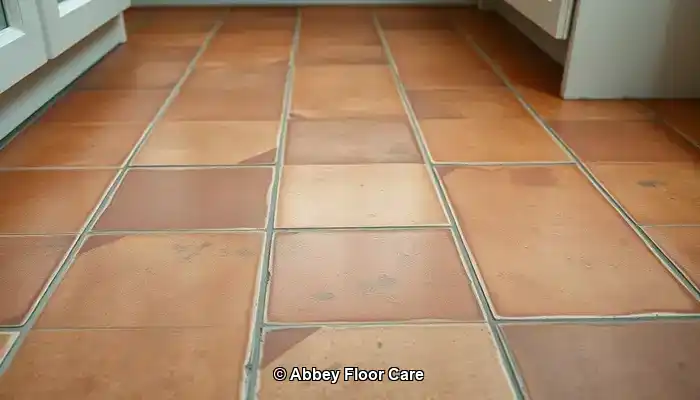
Terracotta tiles are a favored flooring option, particularly in traditional and rustic-style homes across Surrey. The warm tones and organic textures of terracotta enhance the visual appeal of any space. However, despite their beauty, terracotta is well-known for its propensity to become dirty very quickly. It’s critical to understand the various factors that contribute to this issue to implement effective cleaning and maintenance strategies that ensure the longevity and beauty of your floors.
Expert Recommendations: Best Products for Daily Care of Terracotta
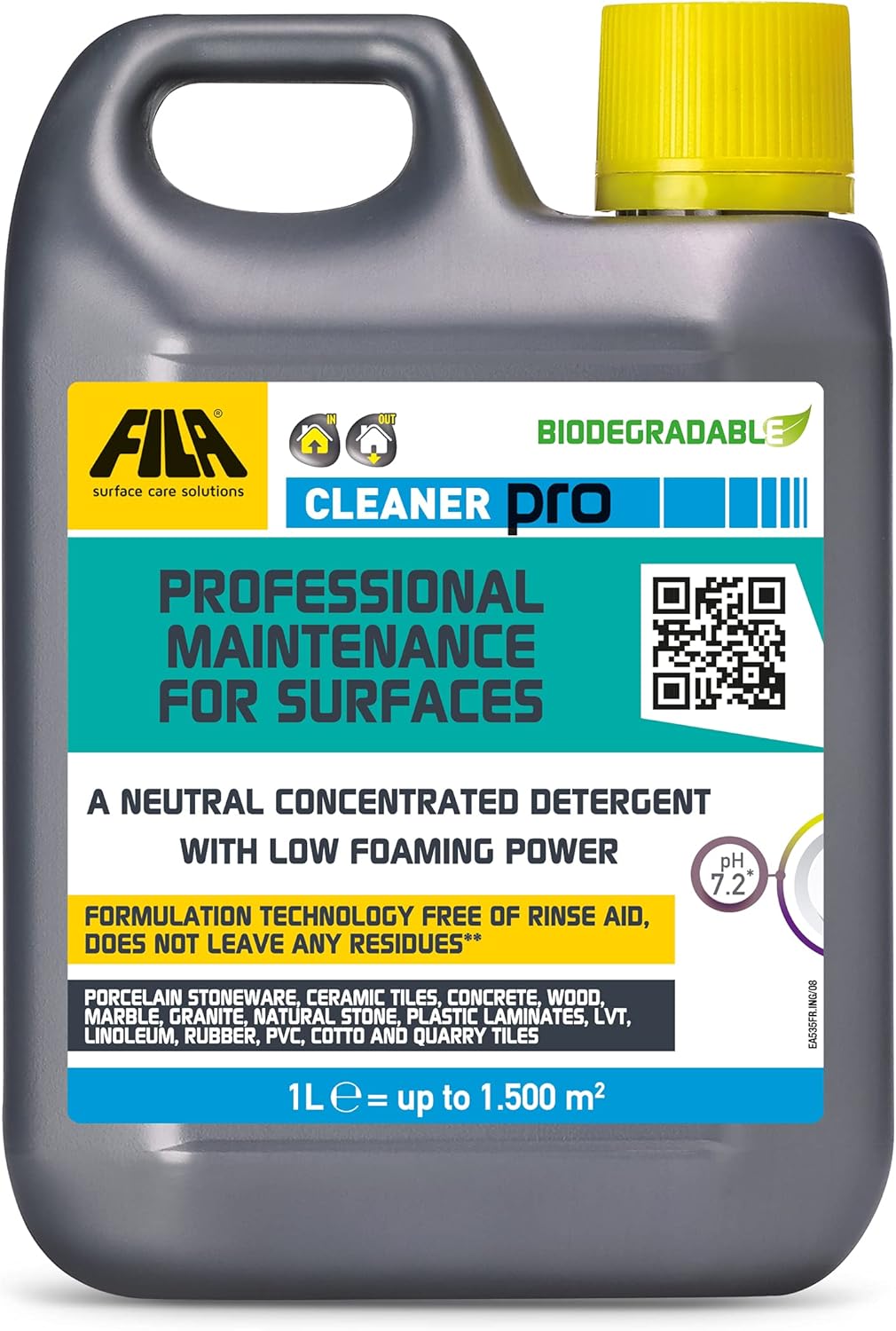
Fila Pro Floor Cleaner
|
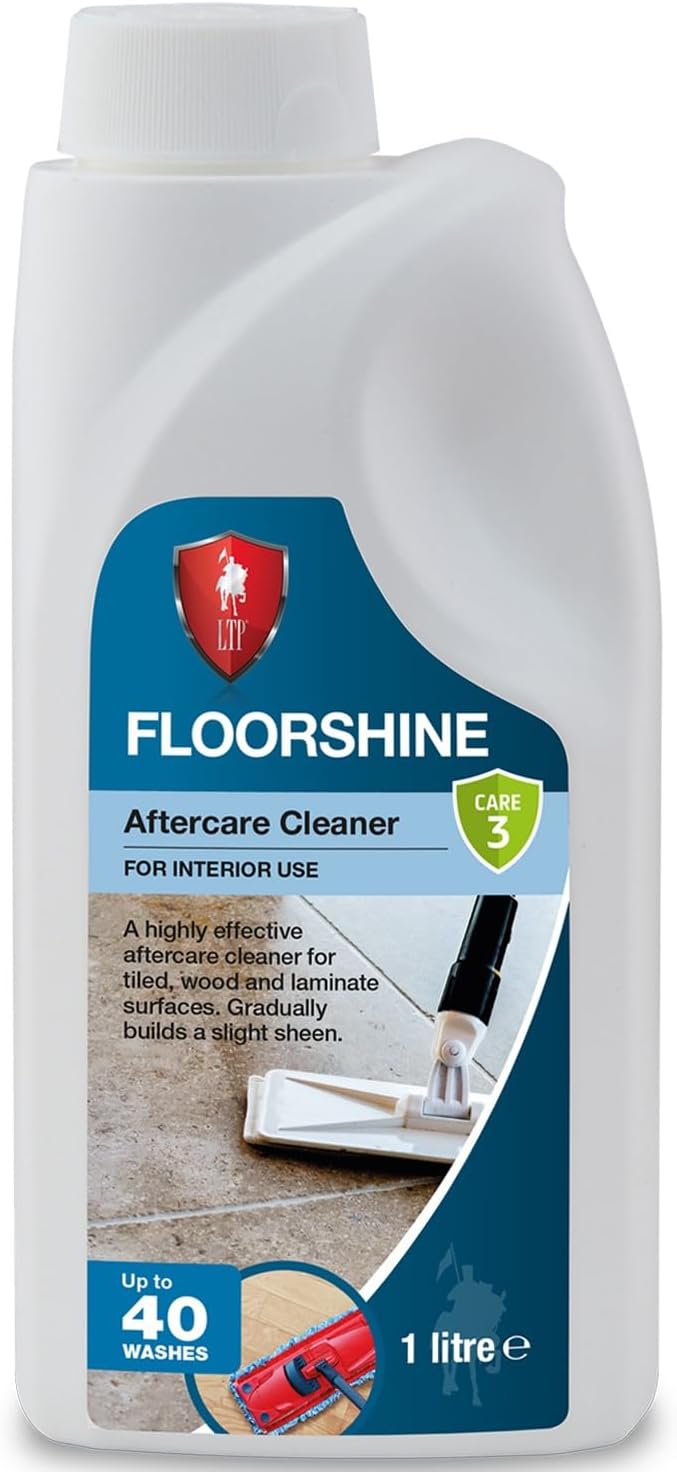
LTP Floorshine
|
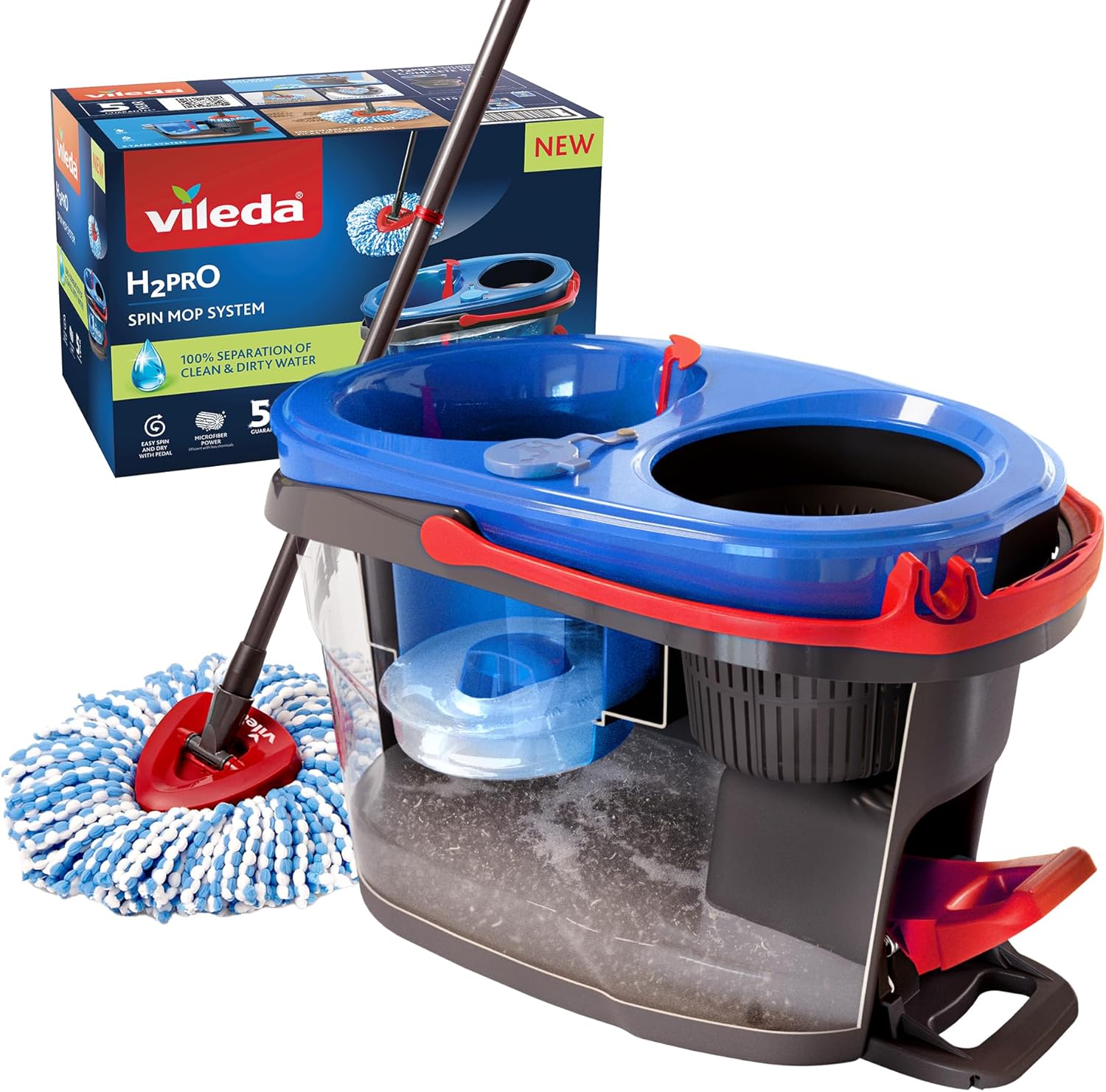
Vileda H2PrO Spin Mop System
|
Exploring Porosity: The Main Contributor to Rapid Dirt Accumulation
Terracotta is produced from natural clay and is subjected to lower firing temperatures compared to many other tile varieties. This unique production method results in a highly porous surface that easily absorbs moisture, oils, and dirt, functioning similarly to a sponge. Consequently, with regular use, grime can penetrate deeply into the tile, making it significantly more challenging to remove through conventional cleaning techniques.
Unsealed terracotta is particularly vulnerable to dirt accumulation. In the absence of a protective layer, even minor spills or muddy footprints can leave lasting marks that detract from the tile’s beauty. Over time, this can lead to a dull and stained appearance that is challenging to restore without professional intervention.
Impact of Surrey’s Climate on Terracotta Cleanliness
The weather conditions in Surrey greatly affect how quickly terracotta floors collect dirt. Given the region’s frequent rainfall and humid atmosphere, there is a heightened risk of moisture being tracked indoors, especially in entryways and conservatories where dirt and moisture can easily accumulate.
Homes located near wooded areas or gardens face an even greater risk. Soil, pollen, and organic debris can quickly build up on terracotta surfaces, particularly if footwear is not removed upon entering the home, further exacerbating the cleanliness issues associated with these beautiful tiles.
Daily Habits That Contribute to Increased Dirt Accumulation
In addition to environmental factors, daily routines can worsen the situation. Utilizing inappropriate cleaning products—such as acidic solutions or bleach—can strip away protective coatings and damage the tile’s surface. While steam mops are often praised for their convenience, they can inadvertently push moisture deep into the tile, exacerbating the problem rather than alleviating it.
High-traffic areas, such as kitchens and hallways, inherently experience more wear and tear. Without consistent sweeping and mopping, dirt can accumulate rapidly and become embedded in the texture of the tile, making it more difficult to clean over time.
Proven Preventative Strategies to Keep Terracotta Cleaner
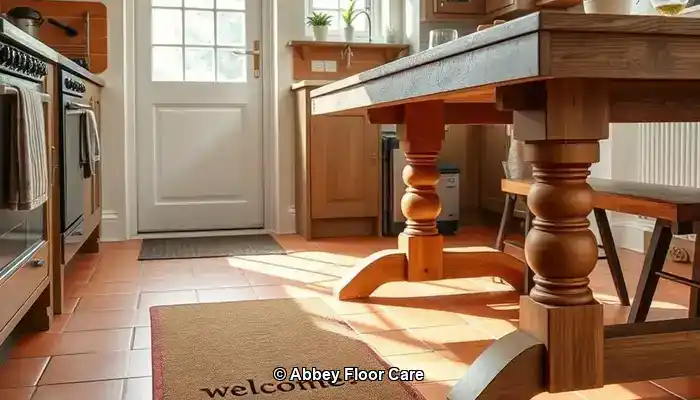
Maintaining clean terracotta floors requires a proactive approach rather than merely reacting to dirt as it appears. In homes throughout Surrey, where damp weather and proximity to gardens are prevalent, it is imperative to implement preventative strategies to safeguard the natural beauty of terracotta tiles and ensure their longevity.
Sealing: Your Strongest Defense Against Dirt and Stains
The most effective way to keep terracotta from becoming dirty quickly is through proper sealing. A high-quality, breathable sealant creates a protective barrier that repels moisture, oils, and grime. In Surrey homes, where humidity levels can fluctuate, sealing is crucial to prevent water absorption that can lead to staining, discolouration, and mould growth.
Experts recommend resealing terracotta tiles every 12 to 18 months, depending on foot traffic and exposure. In areas such as kitchens, hallways, and conservatories—those that experience daily activity—more frequent resealing may be necessary. Always select a sealant specifically designed for porous stone and avoid glossy finishes that can trap dirt on the surface.
Strategic Placement of Rugs and Mats to Minimize Dirt Transfer
Thoughtfully positioning rugs and mats can dramatically reduce the amount of dirt that reaches your terracotta tiles. Use durable doormats at entrances to capture mud and moisture before they can spread inside. In high-traffic zones such as hallways or beneath dining tables, area rugs serve as an additional protective barrier against wear and tear.
For areas that connect to the outdoors, consider washable runners that are easy to clean. These not only protect the tiles but also contribute to the warmth and style of your living space, enhancing its overall aesthetic appeal.
Effectively Managing Moisture in Homes Across Surrey
The damp climate of Surrey is notorious for its rainfall, which can accelerate dirt accumulation on terracotta surfaces. To combat this, utilizing dehumidifiers in enclosed spaces and ensuring proper ventilation throughout your home is essential. Always address spills promptly and avoid leaving wet items—such as shoes or towels—on the floor to prevent potential staining and damage.
If your terracotta tiles are installed in a conservatory or garden room, consider adding blinds or UV filters to reduce condensation and potential sun damage. These minor adjustments can significantly impact the longevity and appearance of your tiles.
By implementing sealing, thoughtful design choices, and effective moisture management, homeowners in Surrey can greatly reduce the rate at which terracotta floors accumulate dirt. The next section will explore the best cleaning practices to maintain a fresh, appealing appearance day in and day out.
Optimal Cleaning Techniques for Terracotta Tiles
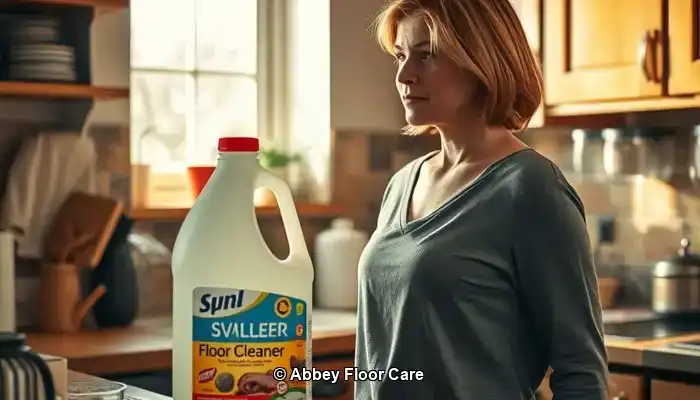
Even with appropriate sealing and preventative measures in place, terracotta floors require regular upkeep to maintain their natural beauty and charm. The key lies in using the correct techniques and products that effectively clean without causing damage to the tile’s vulnerable surface.
Creating a Daily and Weekly Cleaning Routine
In Surrey homes, where outdoor elements frequently enter, it’s essential to sweep or vacuum on a daily basis. Utilize a soft-bristle broom or a vacuum cleaner designed for hard floors to remove dust, grit, and organic debris before they have a chance to become embedded in the tile.
For weekly maintenance, mop using warm water and a <a href=”https://limitsofstrategy.com/ph-neutral-cleaners-essential-choices-for-stone-floors/”>pH-neutral cleaner</a> specifically formulated for natural stone. Avoid soaking the floor; damp mopping is the most effective method. Excessive moisture can seep into the tile and lead to staining or mould growth, particularly in older or inadequately sealed installations.
Choosing the Right Cleaning Products for Terracotta
Opt for cleaning products that are both gentle and effective. Look for labels that indicate “stone-safe,” “non-acidic,” or “pH-neutral.” In Surrey, where eco-friendly living is increasingly in demand, many homeowners prefer biodegradable cleaners that are safe for both pets and children.
Avoid multi-surface cleaners that contain bleach, ammonia, or citrus extracts, as these can strip away sealants and etch the terracotta surface, making it more susceptible to future staining and damage.
For stubborn stains, use a soft cloth and a diluted stone cleaner solution. Never scrub with abrasive pads or wire brushes, as these can scratch the surface and complicate future cleaning efforts.
Cleaning Practices to Avoid for Terracotta Tiles
While steam mops may appear convenient, they are not suitable for terracotta. The high temperatures and moisture can penetrate the tile, weakening the sealant and causing long-term damage. Similarly, acidic cleaners such as vinegar or lemon juice—even when diluted—can erode the tile’s surface and lead to discolouration.
Stick to gentle cleaning methods and always test new products on a small, inconspicuous area before applying them across the entire floor to avoid any adverse effects.
Evaluating Professional Care Versus DIY Maintenance for Terracotta
When it comes to the upkeep of terracotta floors, many homeowners in Surrey begin with DIY strategies. While routine sweeping and mopping are effective, there comes a time when professional care becomes not only beneficial but necessary.
Identifying When to Reach Out to a Surrey Tile Expert
Should your terracotta tiles display signs of deep staining, uneven colour, or surface wear, it may be time to enlist professional assistance. Tile care specialists in Surrey use advanced equipment and stone-safe products that can penetrate deeper than standard household cleaners. They can also assess whether your sealant has degraded and suggest an appropriate resealing schedule tailored to your home’s specific needs.
Restoration services typically encompass deep cleaning, stain removal, and the reapplication of breathable sealants that protect without altering the tile’s natural beauty. For older homes or heritage properties, specialists can replicate the original finish, ensuring the preservation of authenticity.
Cost Comparison: Is Professional Help Worth It?
While DIY cleaning may seem more economical upfront, it often yields short-lived results. Without proper sealing and deep cleaning, dirt continues to accumulate, necessitating more frequent maintenance and risking permanent damage to the tiles.
Conversely, professional care can significantly extend the lifespan of your terracotta floors. A single restoration session can rejuvenate colour, eliminate embedded grime, and protect the surface for months or even years. In high-traffic areas like kitchens or hallways, this investment can lead to substantial savings by reducing maintenance needs and enhancing visual appeal.
Homeowners in Surrey who prioritize long-term property care and aesthetic value often find that expert services provide peace of mind along with superior results. Additionally, many local providers offer eco-friendly options and customized maintenance plans designed to suit your lifestyle.
Eco-Friendly and Safe Strategies for Cleaning Terracotta
The earthy charm of terracotta demands care that aligns with its natural essence. For homeowners in Surrey seeking to maintain clean floors without compromising health or environmental integrity, eco-friendly cleaning solutions offer an ideal choice. Fortunately, modern products and methods simplify the task of protecting your tiles—and your household—without resorting to harsh chemicals.
Selecting Non-Toxic Sealants and Cleaners
Traditional sealants often contain solvents that release volatile organic compounds (VOCs), which can linger in the air and adversely affect indoor air quality. Contemporary eco-friendly alternatives feature water-based formulations that are low in VOCs and safe for use around children and pets.
When selecting a cleaner, look for labels that indicate “biodegradable,” “plant-based,” or “stone-safe.” These products are specifically designed to lift dirt without harming the porous surface of terracotta. Brands specializing in natural stone care often provide concentrated solutions that can be diluted for everyday use, minimizing waste and packaging.
Safe Cleaning Alternatives for Homes with Pets and Kids
In bustling Surrey households, ensuring the safety of all occupants is as crucial as maintaining cleanliness. Avoid using bleach, ammonia, and acidic cleaners like vinegar, which can damage the tile and pose risks to pets and young children. Instead, opt for gentle formulations derived from coconut oil, citrus enzymes, or mineral-based ingredients that are safe yet effective.
For DIY enthusiasts, a simple mixture of warm water and a few drops of castile soap can be surprisingly effective for light cleaning tasks. Just remember to test any homemade solution on a small area first to ensure it doesn’t adversely affect the sealant or finish.
Embracing Sustainable Cleaning Practices
Eco-friendly maintenance encompasses more than just the products used—it also includes habits. Utilize reusable microfiber cloths and mops instead of disposable pads to reduce waste. Regular sweeping minimizes the need for frequent wet cleaning, which can be detrimental to porous materials like terracotta. When resealing, choose products that come in recyclable packaging and have minimal environmental impact.
Numerous floor care professionals in Surrey now offer green cleaning packages, employing certified non-toxic products and sustainable methods. If you’re unsure where to start, scheduling a consultation with a local expert can help you establish a routine that is both effective and environmentally conscious.
Ensuring Your Terracotta Floors Maintain Their Beauty
Terracotta flooring adds warmth, character, and timeless elegance to homes in Surrey. However, due to its porous nature, it requires careful attention to maintain cleanliness and vibrancy. By understanding the factors that contribute to the rapid accumulation of dirt on terracotta, adequately sealing it, and adopting intelligent cleaning routines, you can significantly reduce grime buildup and extend the life of your tiles.
Whether managing a busy household or restoring a heritage property, consistency is key. Daily sweeping, utilizing pH-neutral cleaning solutions, and seasonal resealing are vital practices for keeping your floors looking their best. If stains or signs of wear begin to manifest, do not hesitate to seek professional restoration services for optimal results.
Utilizing eco-friendly products and safe cleaning practices guarantees your floors remain beautiful without compromising health or environmental standards. With the right approach, terracotta can continue to be a stunning feature in your home for many years.
Ready to intelligently protect your floors? Contact us today for professional terracotta maintenance tailored to the unique conditions of Surrey. Let’s work together to keep your home looking its finest—naturally.
Frequently Asked Questions About Terracotta Maintenance
Terracotta floors are classic yet require specific care. Below are answers to some of the most frequently asked questions from homeowners in Surrey who want to keep their tiles clean, protected, and visually appealing.
How Often Should I Reseal My Terracotta Tiles?
In most Surrey homes, terracotta should be resealed approximately every 12 to 18 months. However, this timeline may vary based on factors such as foot traffic, moisture exposure, and whether the tiles are located indoors or outdoors. Areas that experience more action, such as kitchens, hallways, and conservatories, may require more frequent resealing. If your tiles begin to absorb water or appear dull, it’s time to reseal.
Is It Safe to Use Vinegar or Bleach on Terracotta?
No—vinegar, bleach, and other acidic or harsh cleaners can damage terracotta. These substances break down sealants and etch the tile surface, leading to permanent discolouration. Always use pH-neutral, stone-safe cleaners specifically formulated for porous flooring.
What Type of Mop is Best for Cleaning Terracotta Floors?
A microfiber mop is the ideal choice. It effectively captures dust and dirt without scratching the surface and uses minimal water, which is crucial for porous tiles like terracotta. Avoid sponge mops or steam mops, which can oversaturate the tile and weaken the sealant.
Is It Safe to Use DIY Cleaning Solutions?
Yes, but with caution. A mild mixture of warm water and castile soap can be effective for light cleaning tasks. Always test any homemade solution on a small, hidden area first. Avoid anything acidic or abrasive, and never apply homemade cleaners to unsealed tiles.
What Should I Do If My Tiles Have Already Stained?
If stains have set in, seeking professional restoration is your best course of action. Tile care specialists based in Surrey can perform deep cleaning, remove embedded grime, and reseal the surface to restore the tile’s original colour and texture. DIY methods may exacerbate the damage if inappropriate products are used.
The Article Tired of Dirty Terracotta? How to Keep It Clean Longer first found on https://www.abbeyfloorcare.co.uk
The Article Keep Terracotta Clean Longer: Effective Maintenance Tips appeared first on https://fabritec.org
The Article Terracotta Maintenance Tips for Longer Cleanliness Was Found On https://limitsofstrategy.com
The Article Terracotta Maintenance Tips for Extended Cleanliness First Appeared ON
: https://ad4sc.com
No responses yet